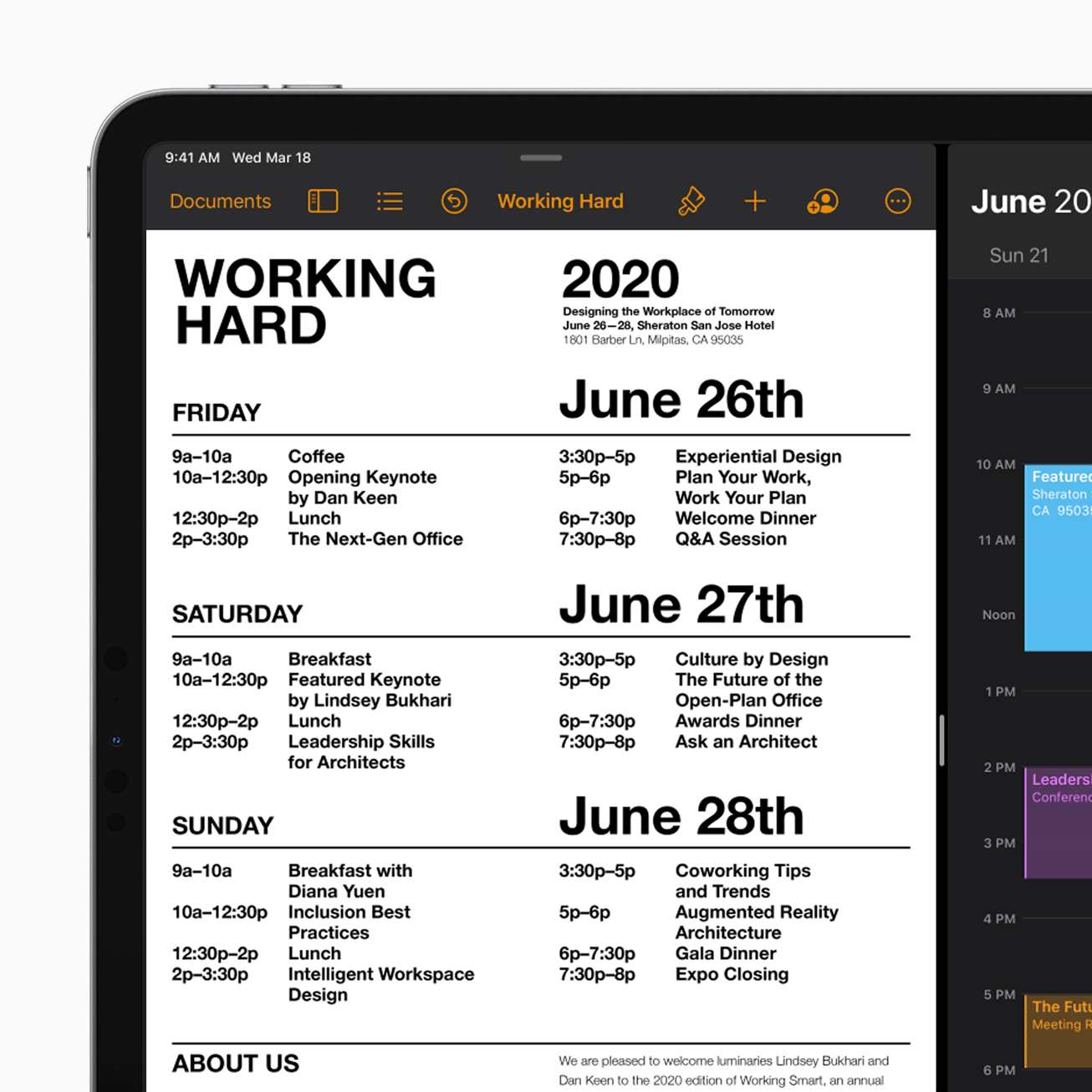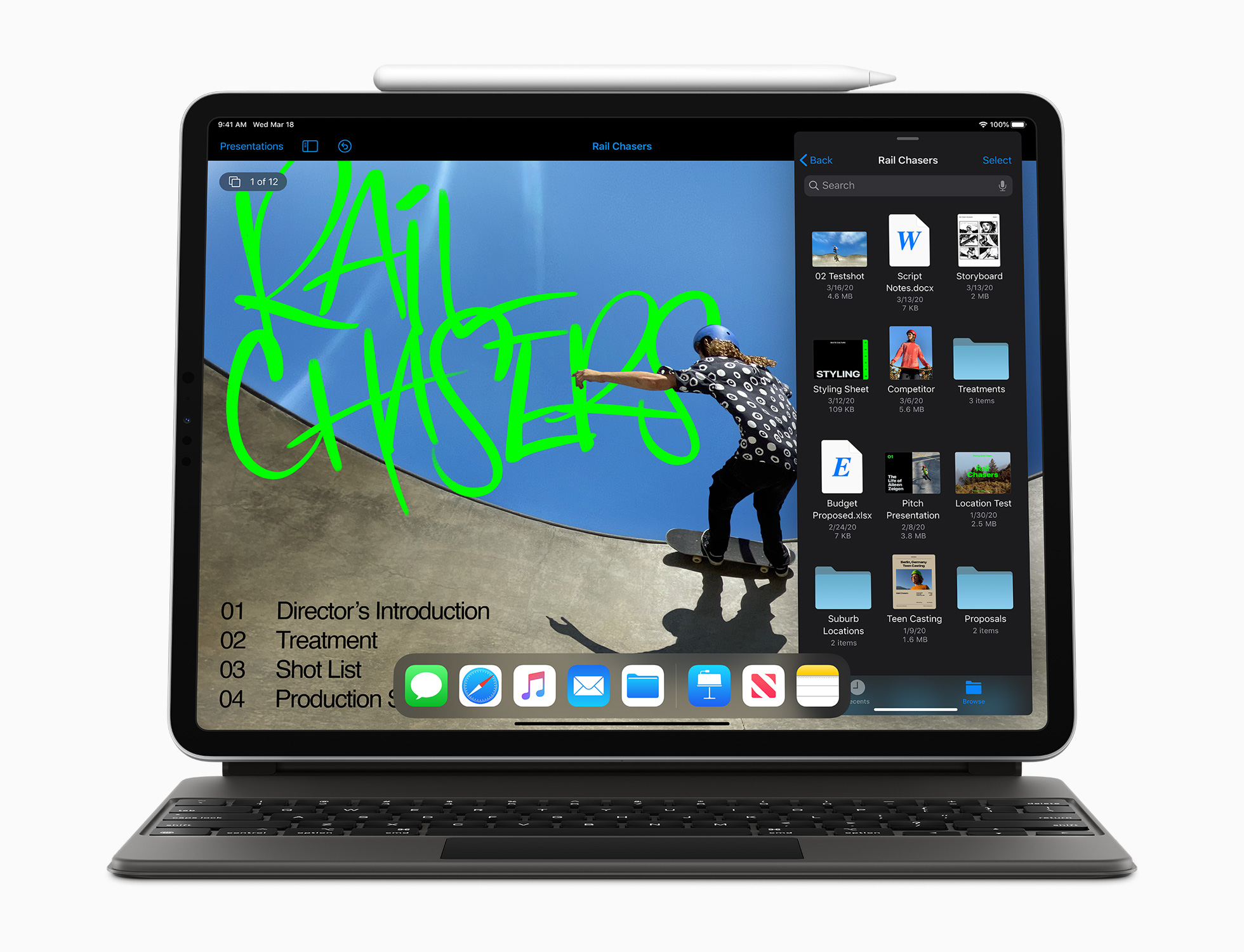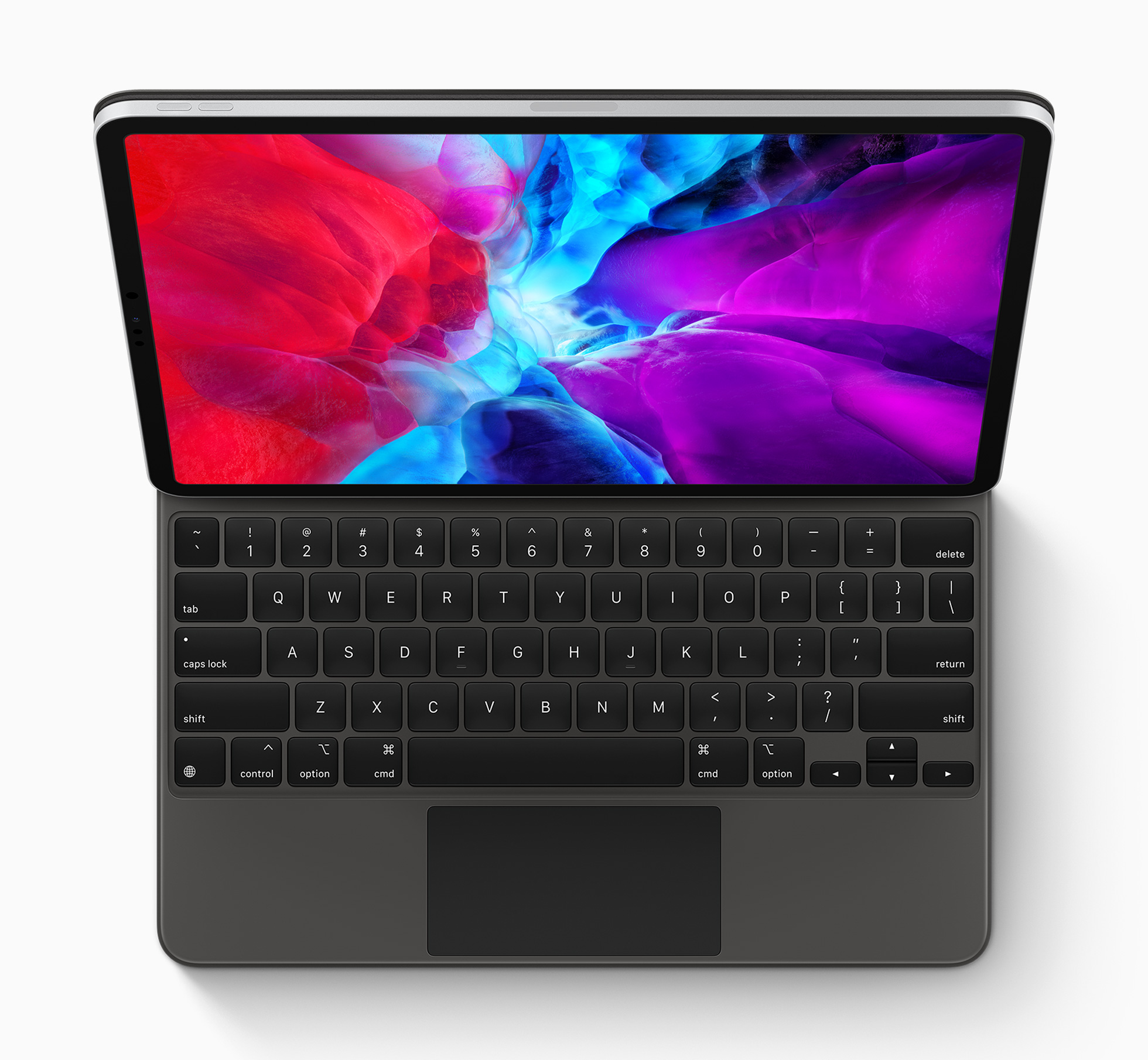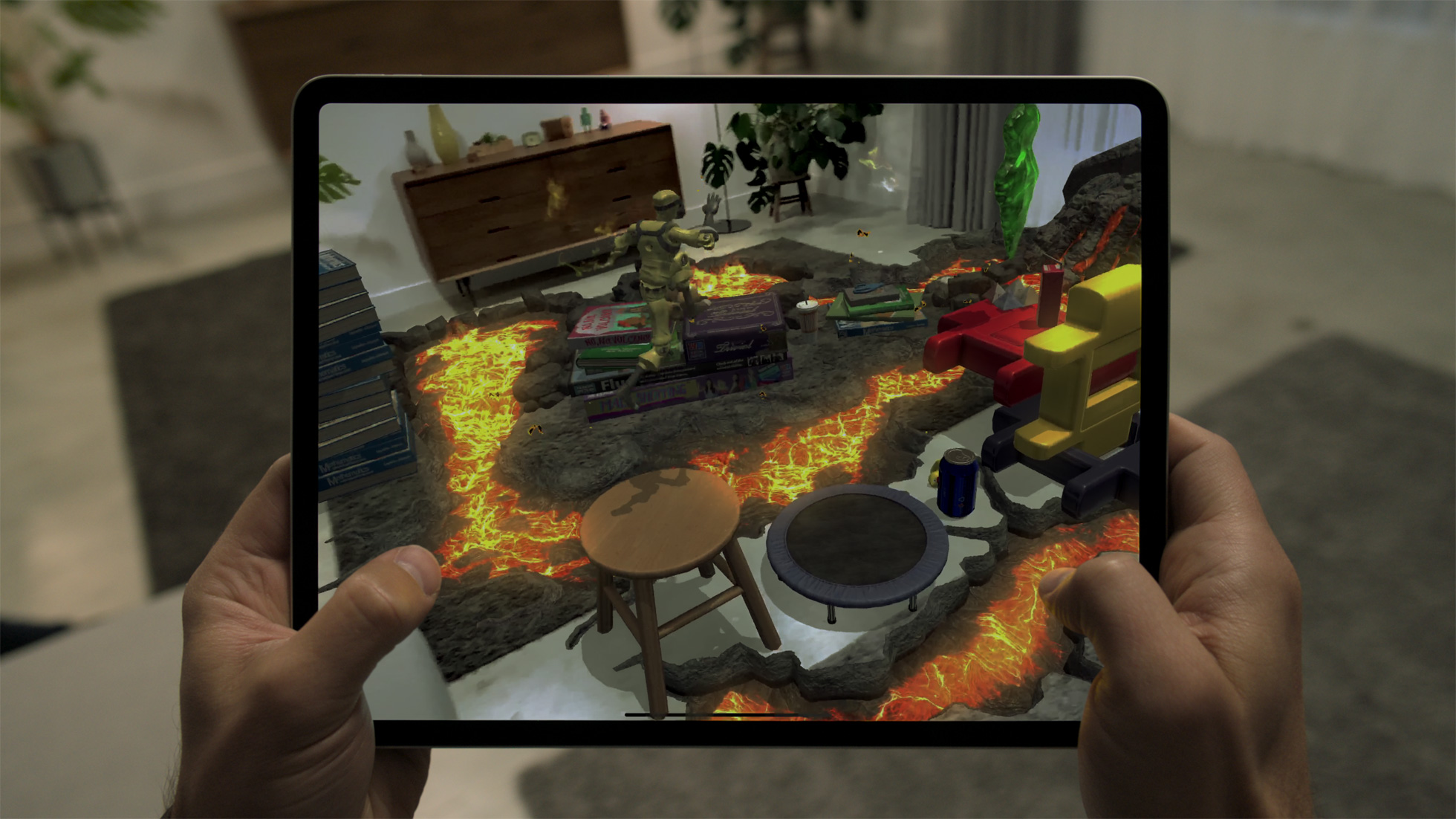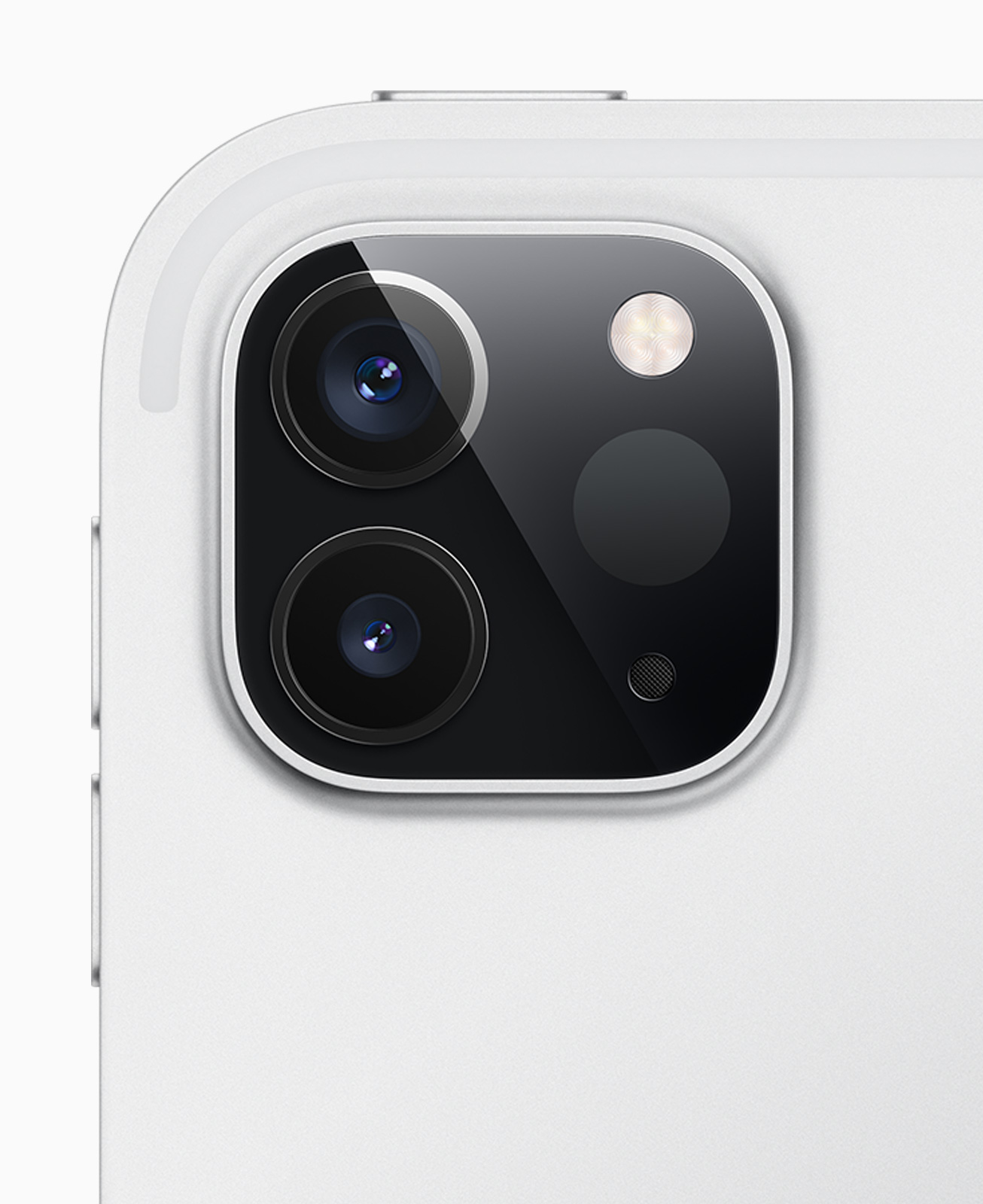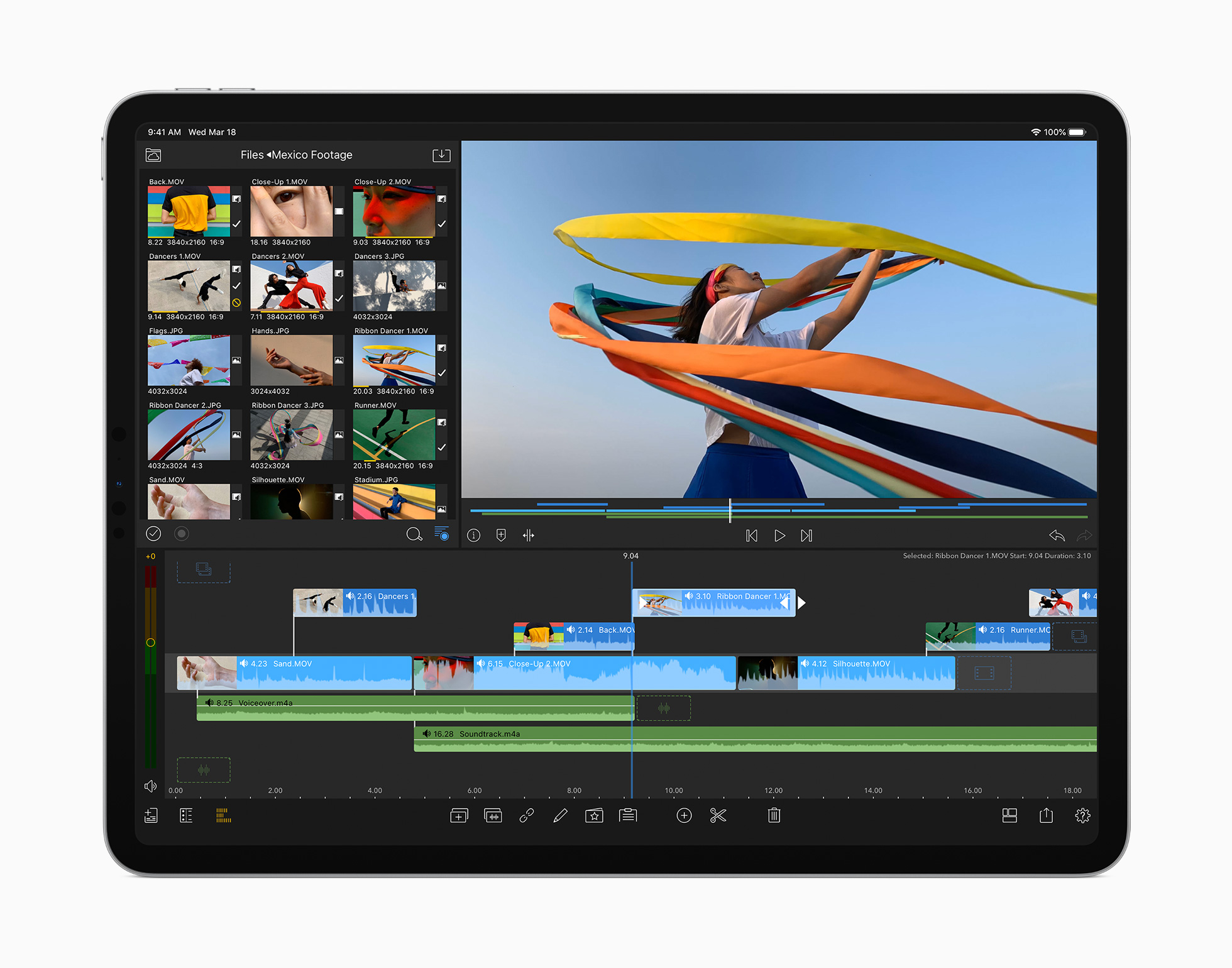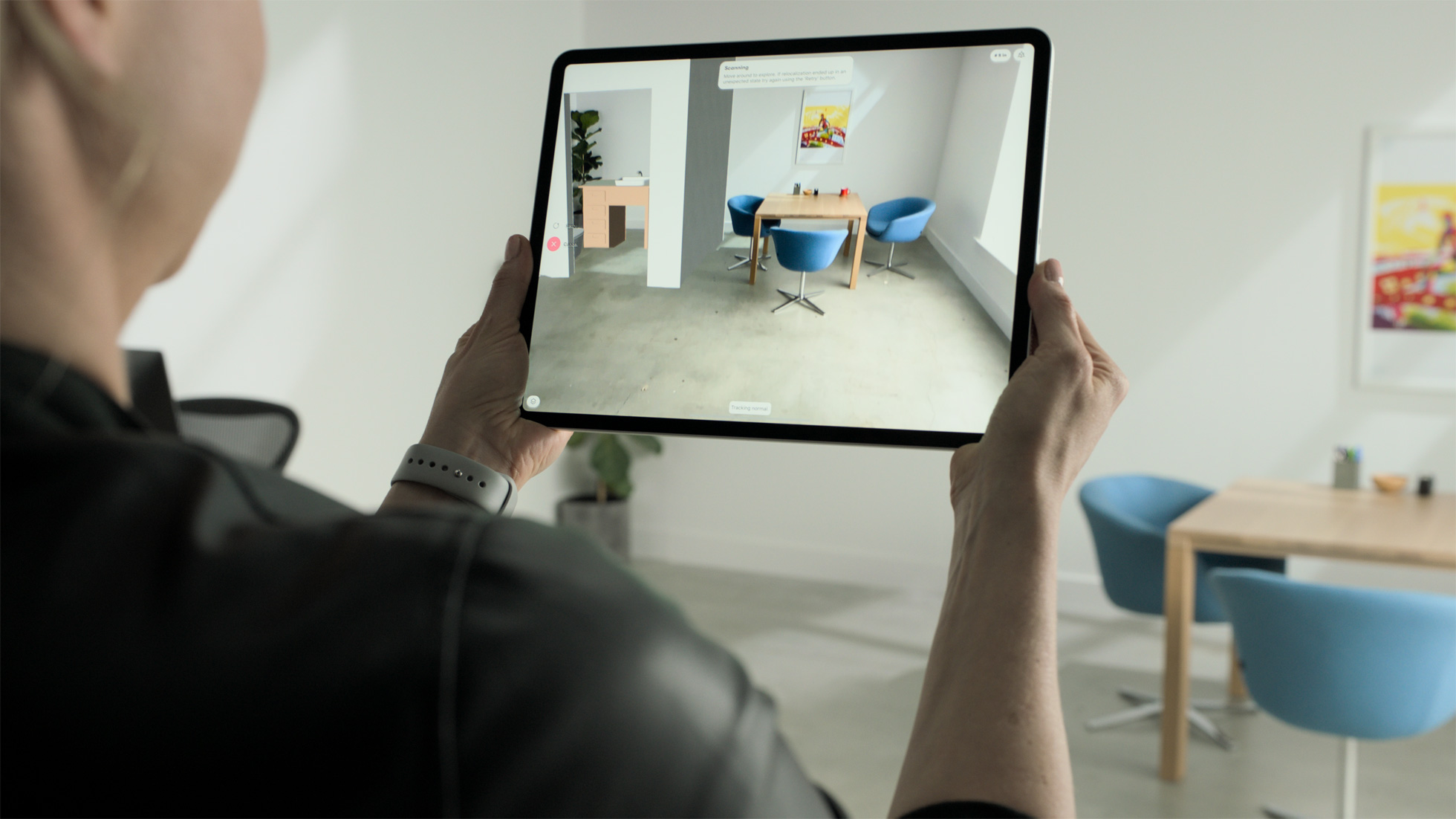The new iPad Pro has been around for a few days now, and during that time a lot of information about this new product has appeared on the web. Here we can make a small selection of the most important, so that every potential interested party can have a clear idea of what to expect from the new product and whether it is worth buying.
It could be interest you

The new iPad Pro was thoroughly examined by technicians from iFixit, who (traditionally) disassembled it down to the last screw. They found out that it is a very similar iPad to the previous Pro model from 2018. In addition, the updated components are not at all essential, and it has been confirmed again that it is more of a mild upgrade, which could indicate the arrival of another new model at the end of this year of the year…
Inside the new iPad Pro is a new A12Z Bionic processor (we'll get back to its performance a few lines down), which now includes an 8-core GPU and a few other slight improvements over its predecessor. The SoC is connected to 6 GB of RAM, which is 2 GB more than last time (except for the model with 1 TB of storage, which also had 6 GB of RAM). The battery capacity has also not changed since the last time and is still at 36,6 Wh.
Probably the biggest and at the same time the most interesting novelty is the camera module, which contains a new 10 MPx sensor with an ultra-wide lens, a 12 MPx sensor with a classic lens and, above all, a LiDAR sensor, the use of which we wrote about in this article. From iFixit's video, it is clearly visible that the resolution capabilities of the LiDAR sensor are noticeably smaller than in the Face ID module, but it is (probably) more than enough for the needs of augmented reality.
In terms of performance, the new iPad Pro may not deliver the results many would expect. Considering that inside is just a kind of revision of a two-year-old chip with one extra graphics core, the results are adequate. In the AnTuTu benchmark, the new iPad Pro reached 712 points, while the 218 model was just under 2018 points behind. Moreover, most of this difference is at the expense of graphics performance, as far as the processor is concerned, both SoCs are almost identical.
The A12Z Bionic SoC is essentially a completely identical chip compared to the original A12X. As it turned out, the original design already contained 8 graphics cores, but two years ago, for some reason, Apple decided to deactivate one of the cores. The processor in the new iPads is not something new that engineers spent hours and hours working on. In addition, this again somewhat indicates that the main bomb in the iPad product line is yet to come this year.

However, this puts those interested in this model in an unenviable position. If you need a new iPad Pro and buy this model, it is very possible that the situation from the iPad 3 and 4 times will repeat itself and in half a year you will have an "old" model. However, if you wait for the speculated news, you don't have to wait for it either, and the wait will be in vain. If you have an iPad Pro from 2018, it doesn't make much sense to buy the current novelty. If you have an older one, it's up to you whether you can wait half a year longer or not.
